Osaka Aquarium Kaiyukan. See a whale shark, porcupine fish, giant crab and other oceanic animals.
The symbol of the 8-story oceanarium in Osaka is the whale shark. A majestic animal, the largest fish in the world. Its image is on the oceanarium building. It's a shark that is not dangerous to humans.
Before entering the oceanarium you can take a picture in its mouth. I saw a lot of people posing in funny poses. One guy leaned over so that he could only be seen halfway, and his friend pretended to give him a kick and thus helps the shark to get food ;)
You can enter the oceanarium after buying an admission ticket, or for free - after buying a 1-day metro ticket in Osaka. The ticket has been beautifully designed, it shows animals from the aquarium.

In the store at the oceanarium you can buy a shark mascot and most importantly - see it live.
But before we get to it, we will meet many other oceanic creatures - e.g. rays. This one came out quite funny. In the oceanarium we move from top to bottom, and on the floors - around.
We pass descriptions of animals in individual aquariums. Every now and then the continents from which animals come change.
The next animals we see are king penguins. I think their surroundings were too poor. A lot of places were just painted white, imitating snow. In my opinion, there should be a lot of real, crushed ice and snow.
Pretty soon one of the biggest attractions of the oceanarium appears, the majestic whale shark. It is huge and you can see that other animals stay away from it. It is navy blue and has an interesting arrangement of white dots on the body.
Eye to eye with a 5.5 meter giant...
A little further are the seals. They swam freely, often on their backs. One of the seals was making screws, or spiral turns of the body from top to bottom. They had a lot of energy. They flowed between the nooks and crannies, extremely fast and agile.
And this is the Fugu fish (Porcupine fish), which under the tide of danger inflates, makes it round like a ball and extends sharp spikes from the body. In Japan, this fish is an expensive delicacy for the brave (Fugu fish contains poison and its improper preparation can have tragic consequences). But when I looked at it like that, it looked very gentle through the glass. It swam gently moving fan-shaped fins.
This manta reminds me a bit of a spacecraft from another galaxy ;)
This big fish is called Ocean sunfish, or Mola mola. It is the heaviest skeletal fish, it can reach up to 3 meters in length and weigh 2 tons.
This robust crab is a Japanese Pacific crab (Macrocheira kaempferi), also called the giant crab.
It can reach a huge size. See what, e.g. in this photo.
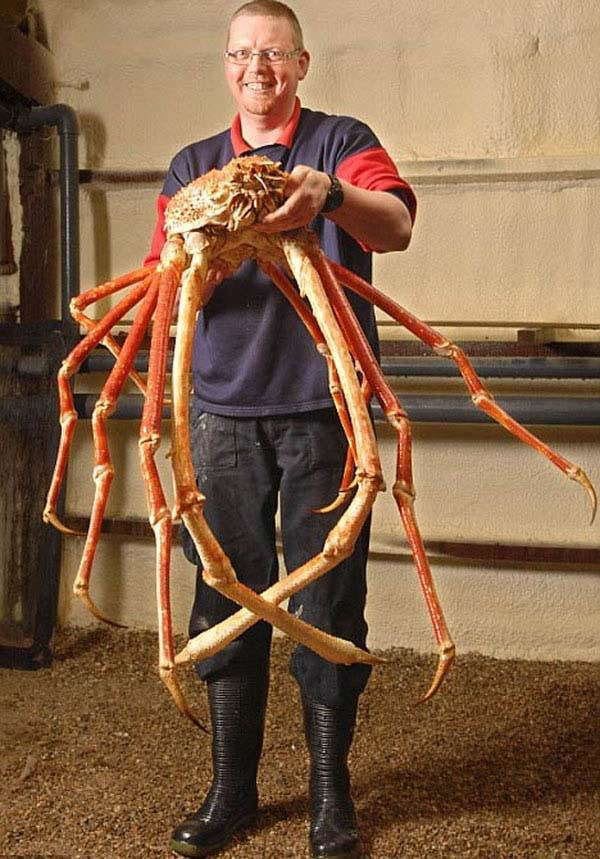
The Japanese Pacific Crab is a particularly large crab; its leg span reaches up to 3 to 4 meters (head length around 40 centimeters) and weighs about 20 kilograms. It has a relatively small headworm, but it has impressive legs. Its most common coloration is red with white spots, although whole red or white individuals are also found. Occurs at the bottom of the Pacific Ocean, not far from the eastern side of the Japanese Archipelago, usually at depths from 200 to 300 meters, but these crabs are also found at depths of about 800 m. They spend most of the year in the ocean, they only go ashore in spring to lodge their eggs and at this time of year it is very easy to meet them on Japanese beaches. Their small ones immediately after hatching go into the water. Not much is known about these crabs because they live at great depths. Some researchers say that the Japanese Pacific crab lives up to 100 years, but all these hypotheses have not yet been confirmed.
Source of the photo and text about it: Techpedia
And this is another animal that is a local aquarium celebrity. I saw a lot of stuffed animals with their image. Every now and then these individuals hide in and out of the sand.

Part of the jellyfish aquarium was great. First, thanks to professionally made boards you could gain a lot of theoretical knowledge about these creatures, and then see them in a dark room, in specially created thin capsules, highlighted from below. The impressions were amazing.
Finally, I admit that I do not like such places. I don't go to the zoo at all, I was in the oceanarium for the first time and I feel sorry for these animals. I believe that they should live in their natural environment and not be caught and captured. I wouldn't go to the oceanarium anymore.
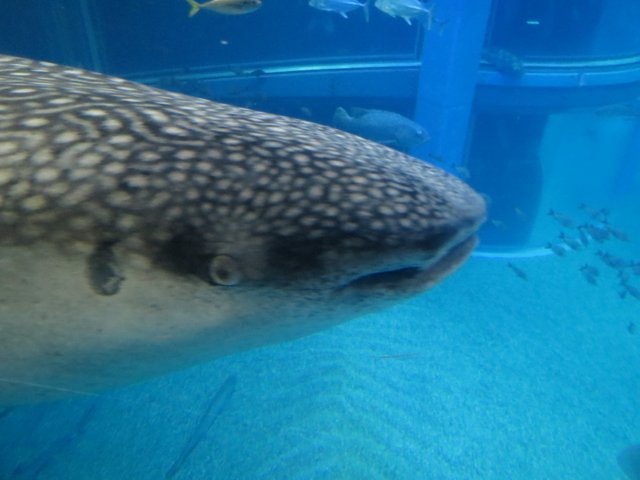
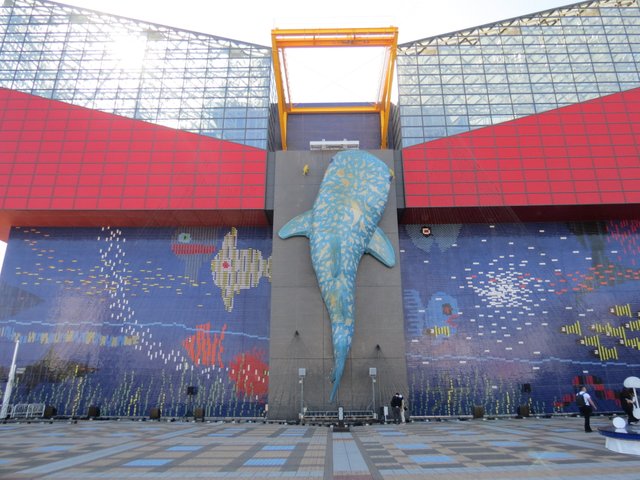
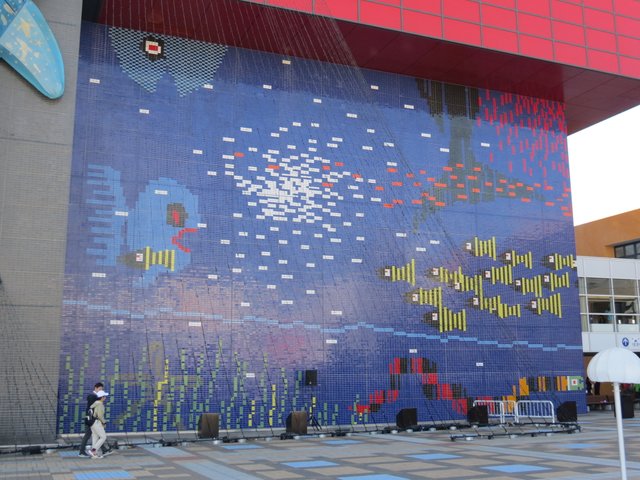

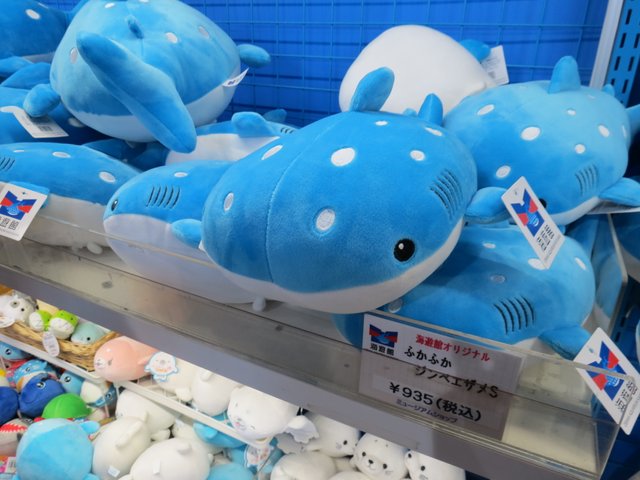
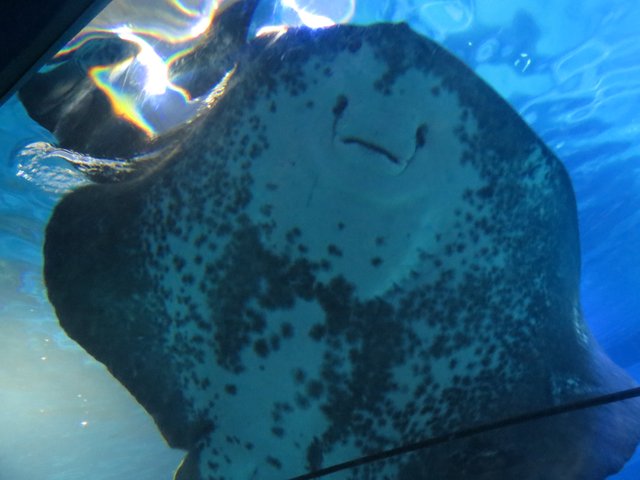
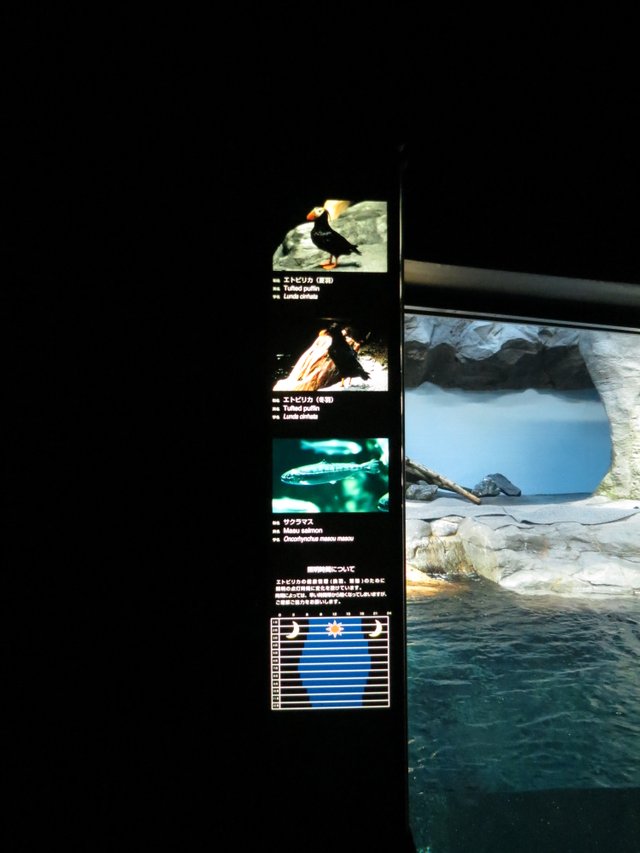
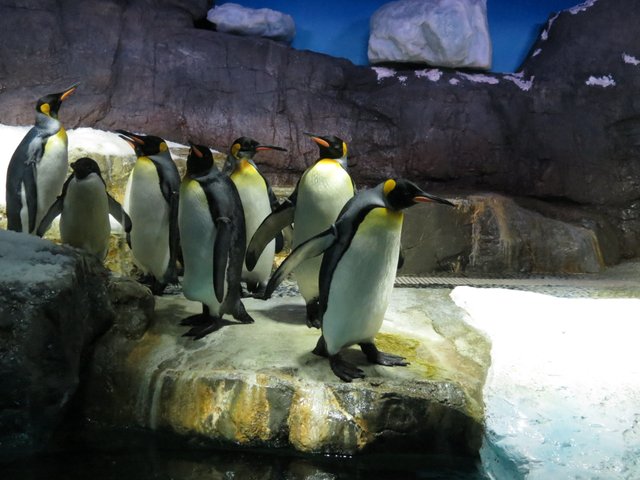
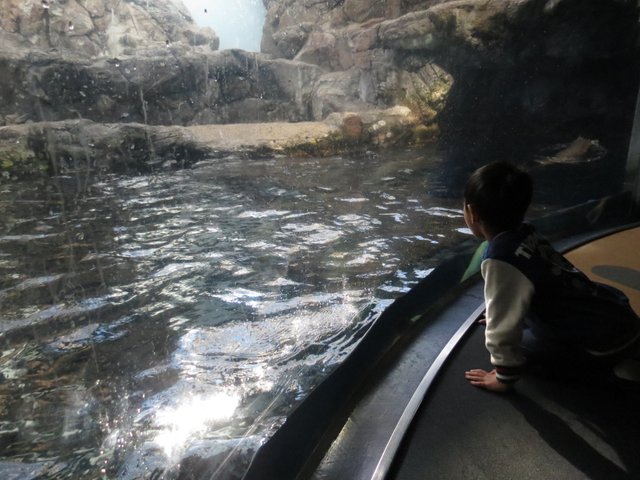
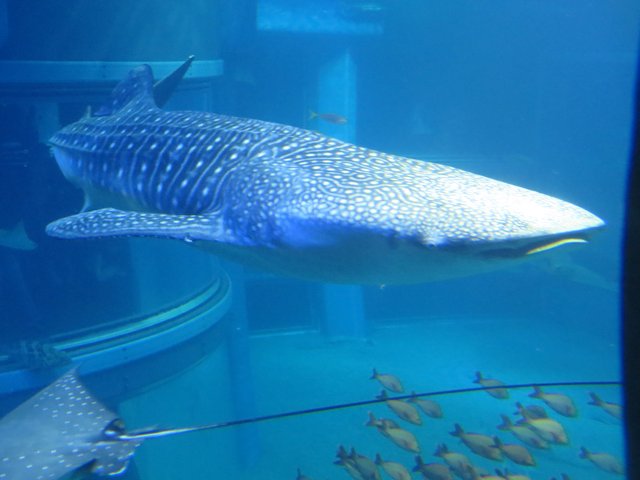
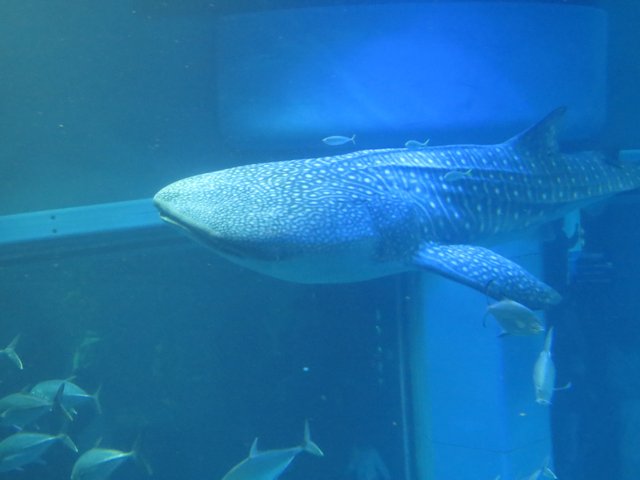

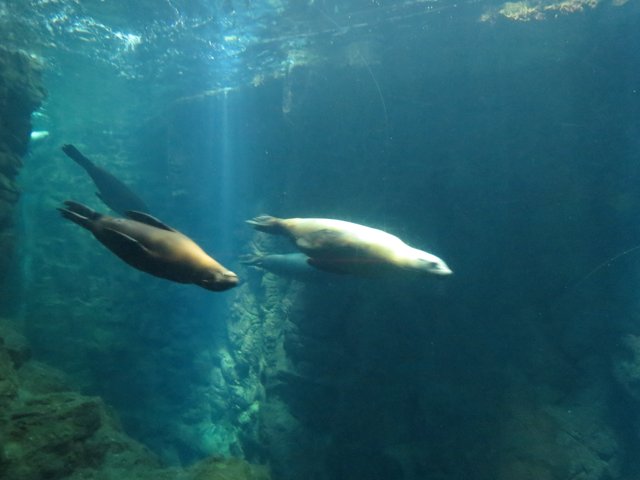
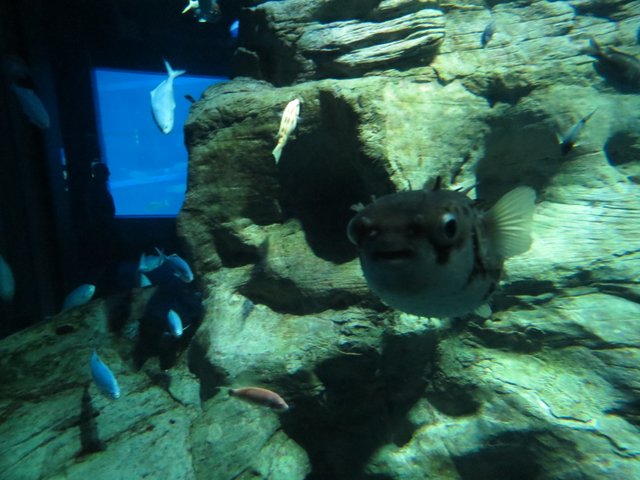

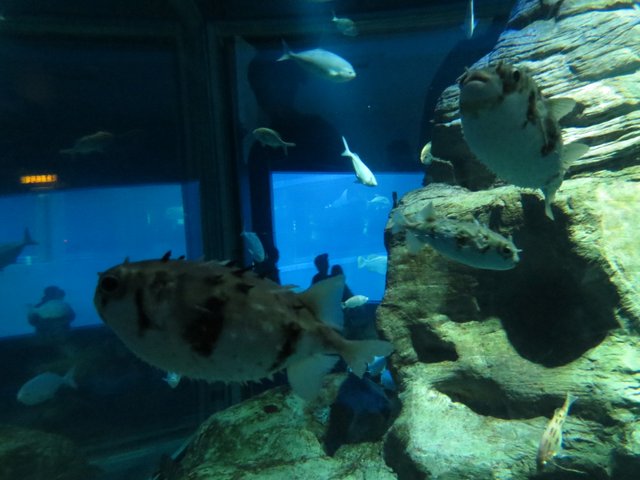

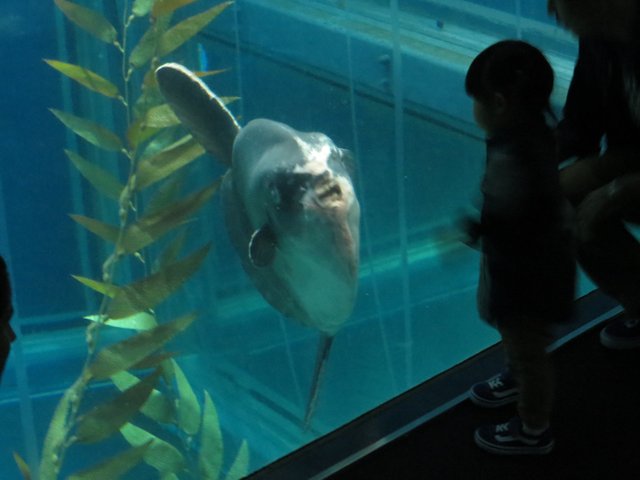
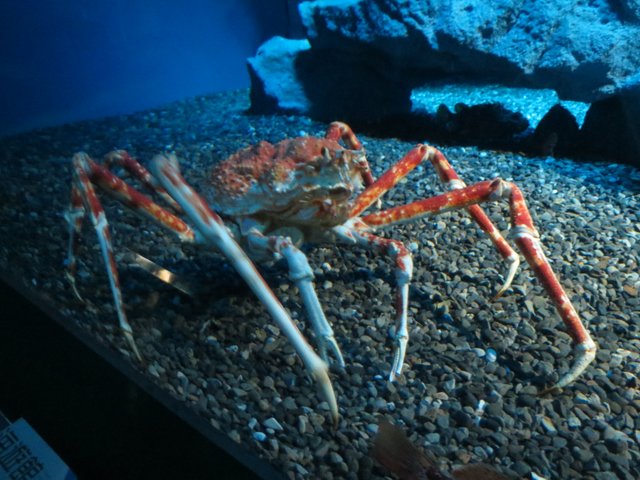
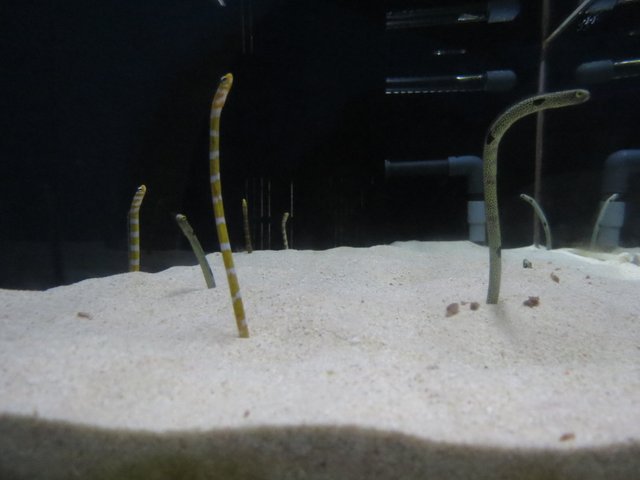
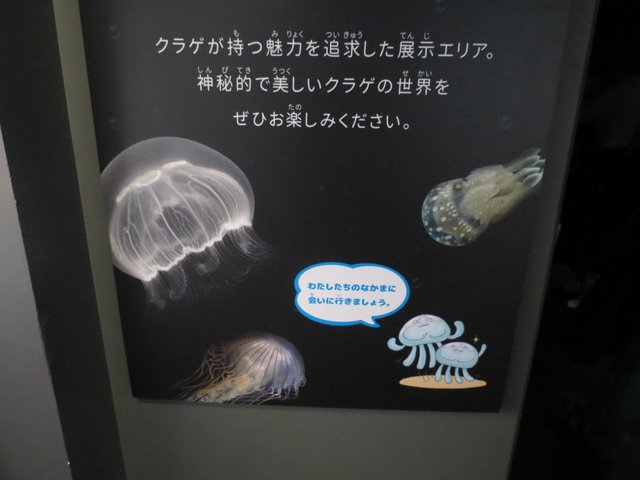

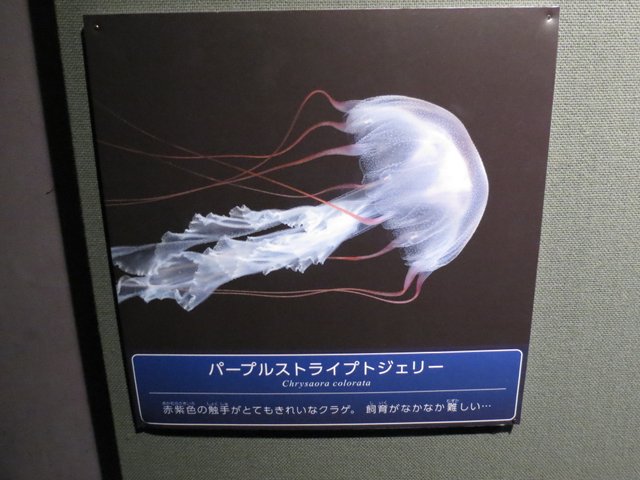
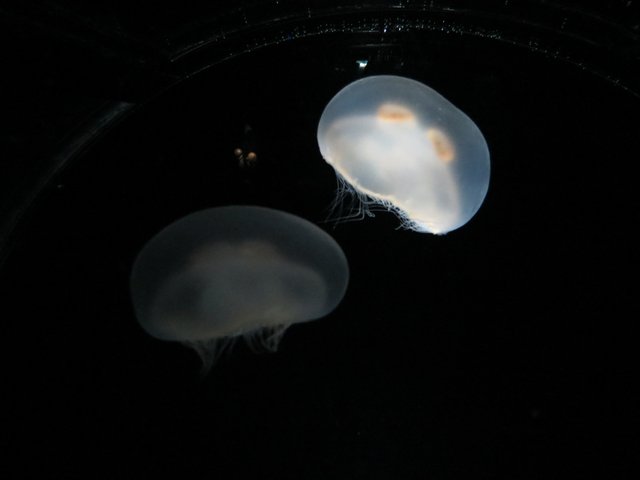
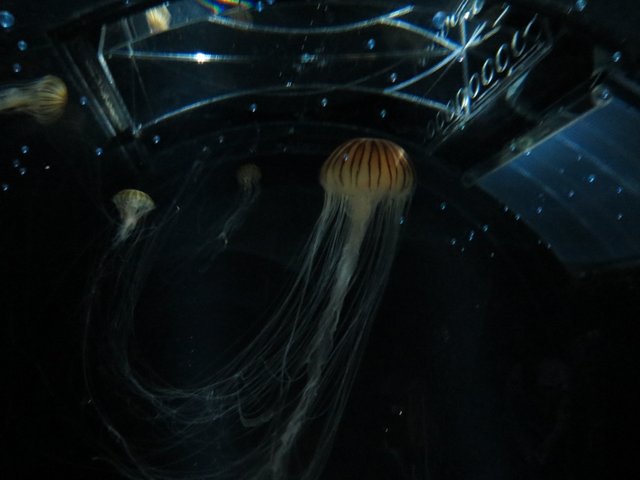
Congratulations @katiefreespirit! Your post made the TravelFeed team happy so we have sent you our big smile. Keep up the good job. 😃
We noticed that you used the tag #travelfeed. With Steem moving to communities, we are retiring #travelfeed and will stop curating the tag with the launch of TravelFeed 3.0 in early March. You can learn more in our community announcement post. For your posts to be eligible for curation, we recommend you publish them through our platform TravelFeed.io. You can simply log in with your existing Steem account using Steemconnect or Steem Keychain.
Thanks for using TravelFeed!
@invisusmundi (TravelFeed team)
PS: You can now search for your travels on-the-go with our Android App. Download it on Google Play
Tak! zdecydowanie Pingwiny Królewskie bardzo ubogo miały :)